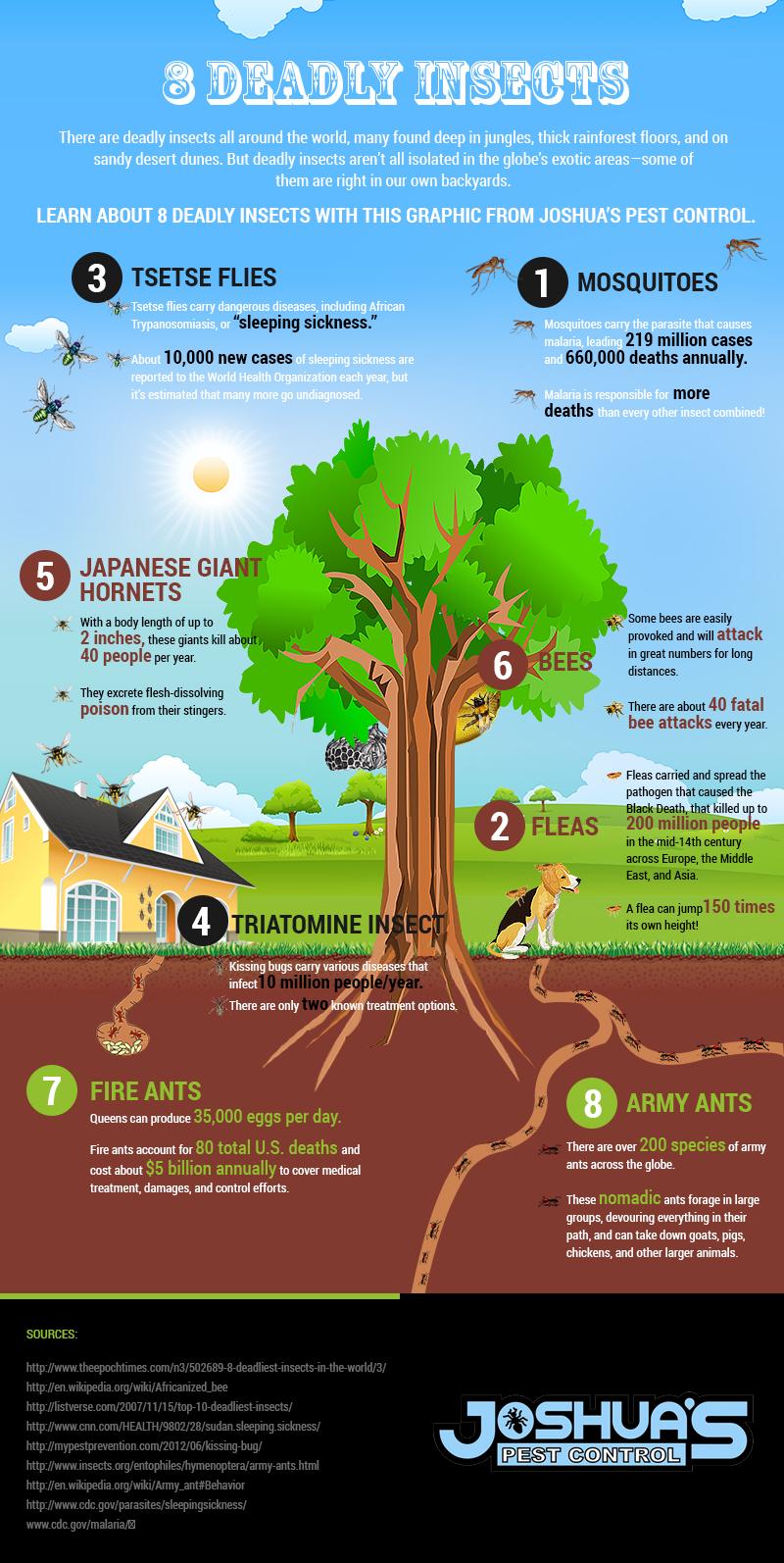Capitalize On Your Expertise Of Rodent Nesting Patterns To Exceed These Insects And Fine-Tune Your Rodent Monitoring Strategies
Capitalize On Your Expertise Of Rodent Nesting Patterns To Exceed These Insects And Fine-Tune Your Rodent Monitoring Strategies
Blog Article
Authored By-Talley Waugh
When it concerns rodent control, comprehending usual rodent habits is essential to properly managing problems. Did you understand that rats have some remarkable nesting practices that might surprise you? By discovering their detailed behaviors, you can obtain beneficial insights right into just how to take on rodent problems in a much more strategic and reliable manner. So, let's untangle the enigmas behind these creatures' activities and learn how to outsmart them in your rodent control efforts.
Rat Nesting Behaviors
When observing rodents in their natural environment, you'll discover that they actively seek products to construct their nests. Rats, such as mice and rats, are clever animals that use a range of products like twigs, leaves, paper, and textile to develop their homes. They're thorough in their nest-building process, frequently lining their nests with softer products like fur or plumes to create a comfortable environment.
Rodents favor to construct their nests in hidden and secure areas to secure themselves and their young from predators. Common nesting areas consist of wall tooth cavities, attics, basements, and also within insulation products. By constructing their nests in these secluded locations, rats can securely raise their offspring away from possible threats.
It is necessary to recognize the nesting routines of rodents when executing control procedures. By disrupting their nests or getting rid of materials, you can inhibit rodents from developing a presence in your house or residential property. https://www.nationalgeographic.com/environment/article/paid-content-wildlife-on-the-move-from-trafficking-to-rescue-rewilding and sealing access points are additionally important steps in avoiding rodent problems.
Rodent Feeding Patterns
After observing rats' nesting routines, it ends up being noticeable that their feeding patterns play an essential function in their every day lives and actions. Rats, including mice and rats, are opportunistic feeders, suggesting they'll take in whatever food resource is easily offered. They're largely nocturnal animals, liking to forage for food during the cover of evening to stay clear of predators.
Rats have a diverse diet regimen, varying from grains, seeds, fruits, and vegetables to pests, nuts, and even tiny pets. This flexibility in their food choices permits them to grow in different atmospheres, including city areas where human food resources are abundant.
Their feeding patterns aren't just driven by appetite but likewise by the need to stock food for times of deficiency. This actions is especially noticeable in preparation for cold weather or when nesting. Rats are known to hoard food in their nests or burrows, ensuring a consistent food supply. Understanding their feeding patterns is vital in applying effective rodent control measures to disrupt their food sources and prevent problems.
Rat Movement and Travel
Rats navigate their surroundings with agility and stealth, using their eager detects to move quickly through their settings. These animals are adept mountain climbers, able to scale walls and vertical surfaces effortlessly. They can also press via surprisingly tiny openings, making it crucial to seal any type of potential entrance points in your house.
When it involves taking a trip, rodents often tend to follow familiar courses, creating trails along wall surfaces or skirting the edges of areas. They're creatures of habit, frequently adhering to these established routes as they forage for food or explore their environments.
Rodents are understood for their nocturnal practices, so you may hear them scampering about at night as they look for food and water. Their motions are quick and unpredictable, enabling them to dart in and out of sight in the blink of an eye.
Recognizing how rodents relocate and take a trip can assist you recognize possible problem locations in your home and take positive steps to prevent these insects from gaining a grip.
Verdict
As you function to control rodents in your home, keep in mind that recognizing their actions is vital. By recognizing https://www.peninsuladailynews.com/news/center-valley-rehabs-pets-livestock-wildlife/ nesting behaviors, feeding patterns, and movement, you can properly protect against problems.
Coincidentally, by taking aggressive procedures to eliminate food sources and seal entrance points, you can interrupt their familiar paths and force them to seek out new places, inevitably lowering the possibility of rodent visibility in your space.
